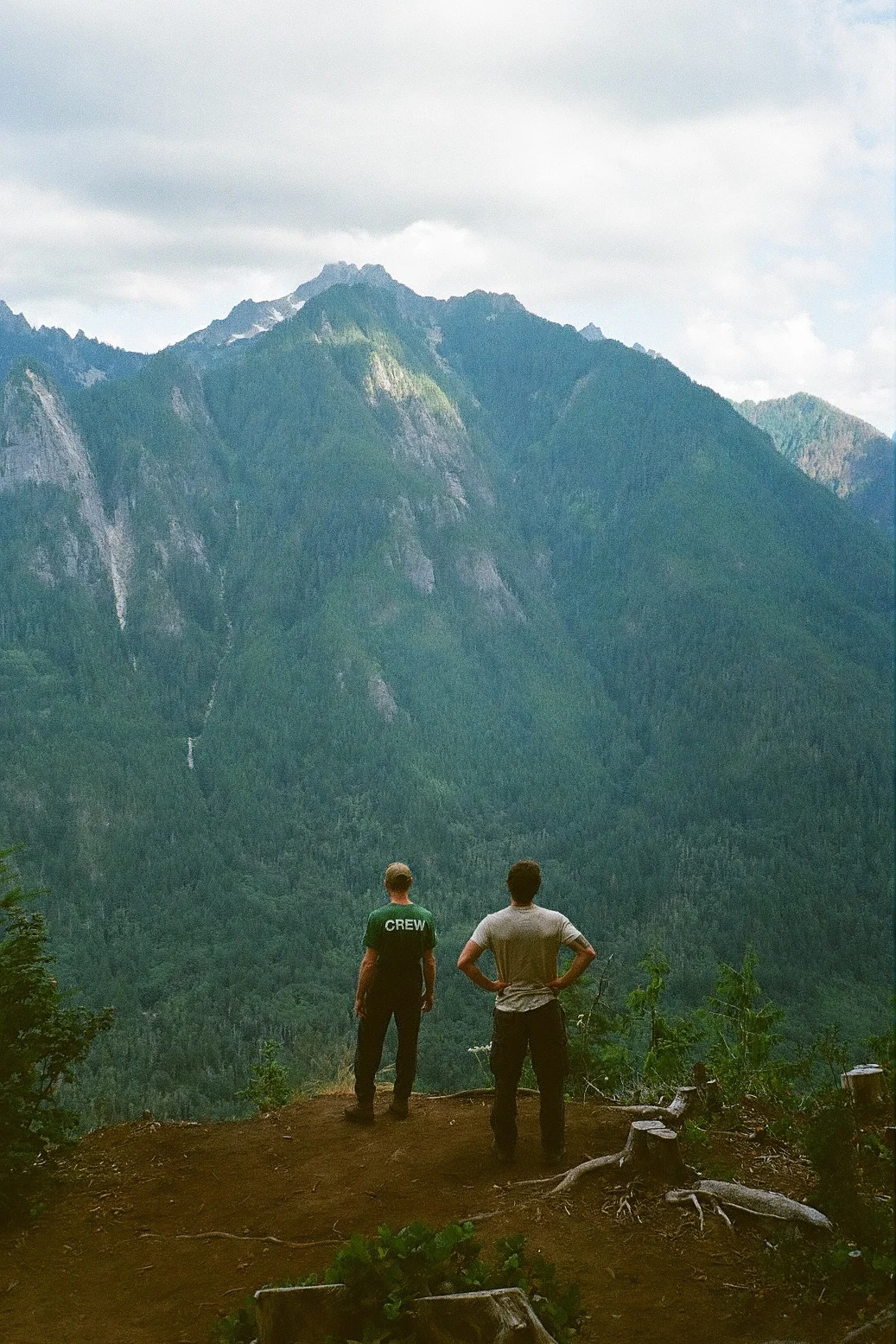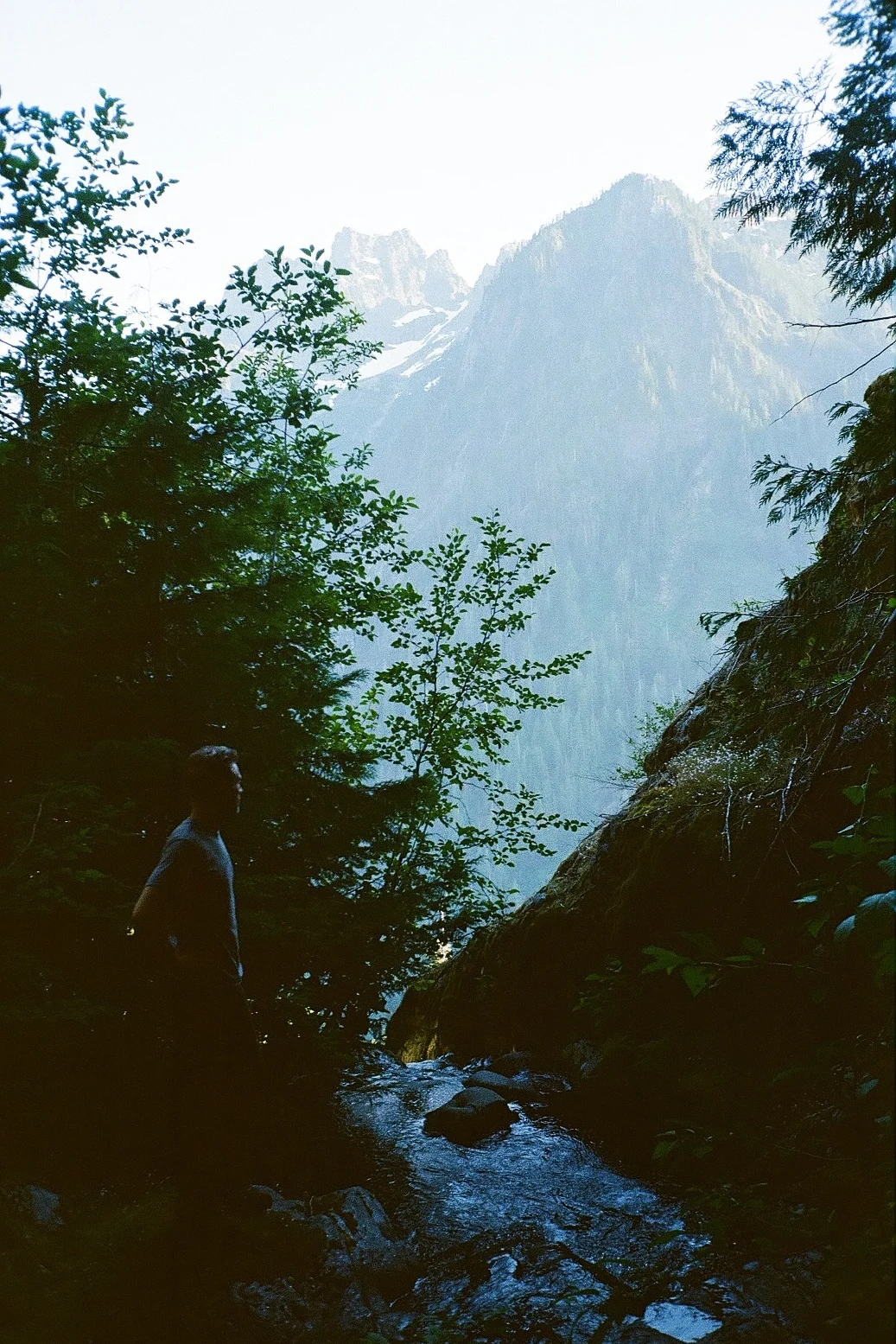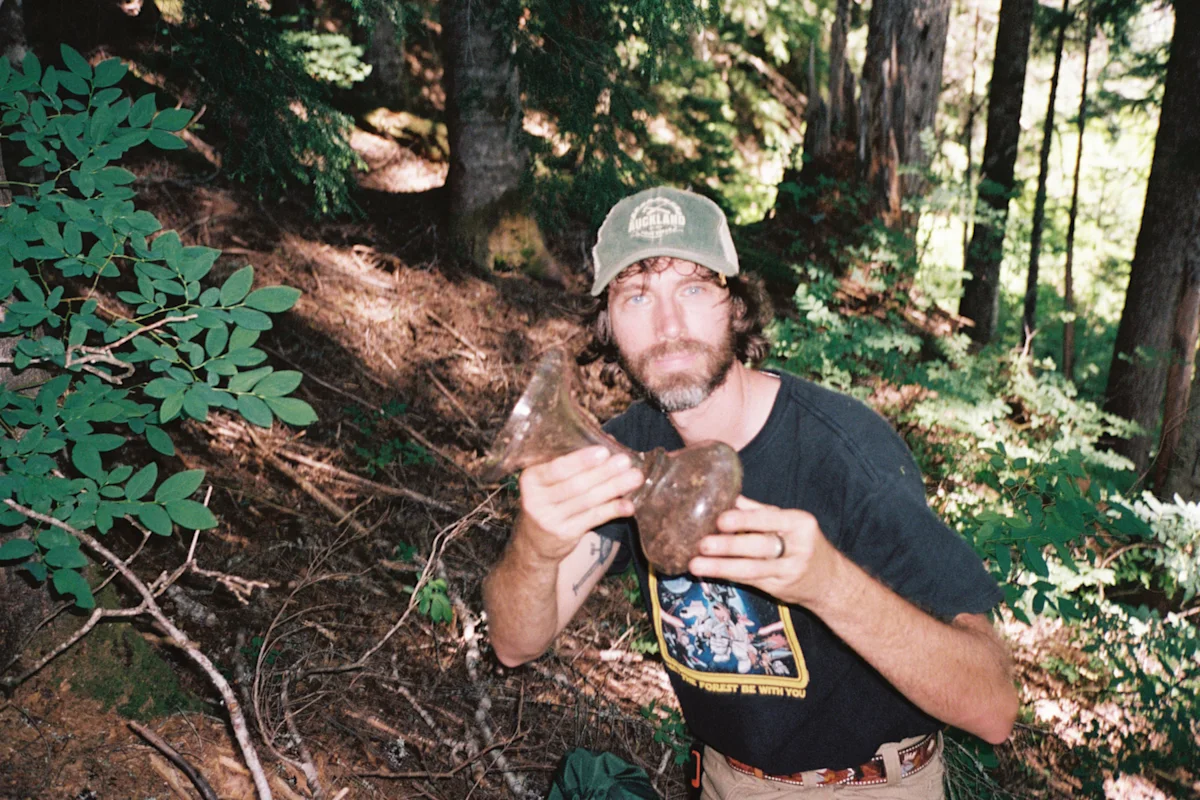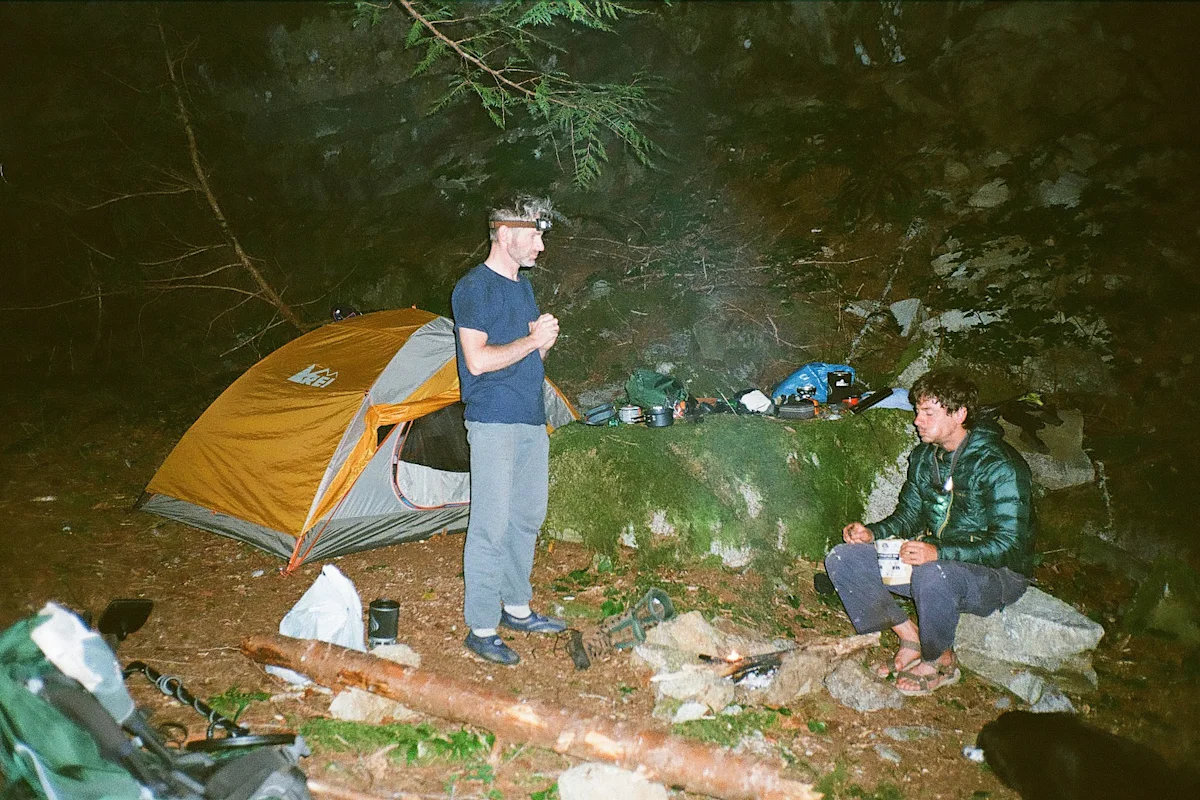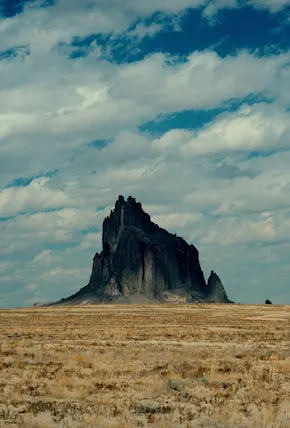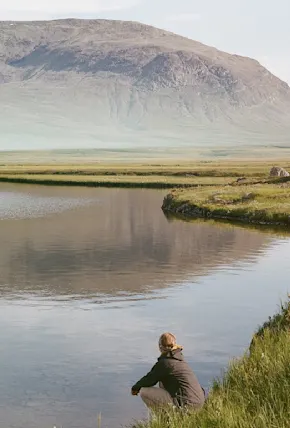I was introduced to bottle digging when I was 12 years old. Growing up, my dad and his friend Mike would bring my brothers and I on day trips from our home in Machias, Washington out into the foothills of the Cascade Mountains in search of lost glass treasures. We’d all load into my dad’s truck and head to the sites of old logging and mining camps from the late 1800s and early 1900s, sites that had long been abandoned. Using metal detectors, they’d locate square head nails indicating where the loggers' and miners' cabins once stood. From there we’d start looking for the site of the worker’s privy pits, which were usually filled with old discarded cans and, hopefully, intact antique bottles, thrown out like garbage over one hundred years ago and transformed by time into treasure.
Now, I’ve been living in Los Angelesfor the past 17 years, where I work in the skateboarding industry as a skate filmer and video editor. My life revolves around concrete and the urban built environment. The only way I’ve been able to survive city life for so long without LA sucking out my soul is by getting back into nature as much as I can. Usually, the highlight is a long summer trip back home to the Pacific Northwest.



